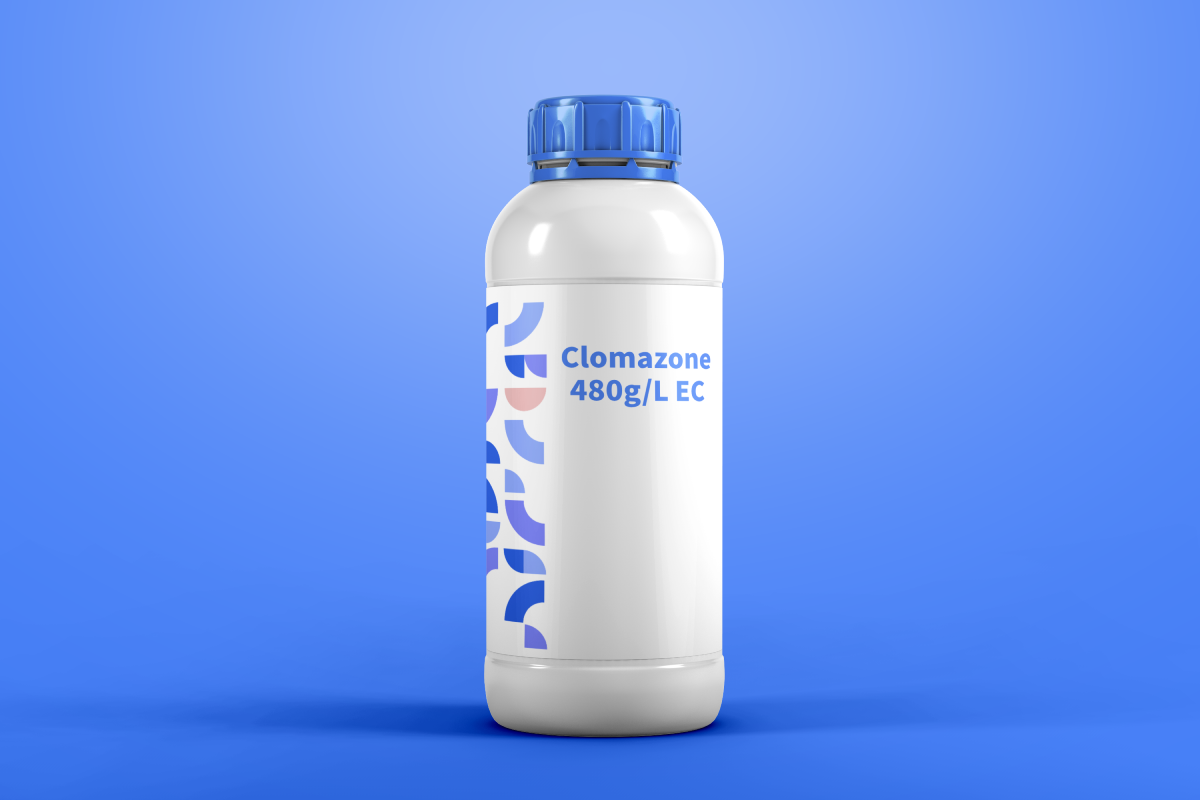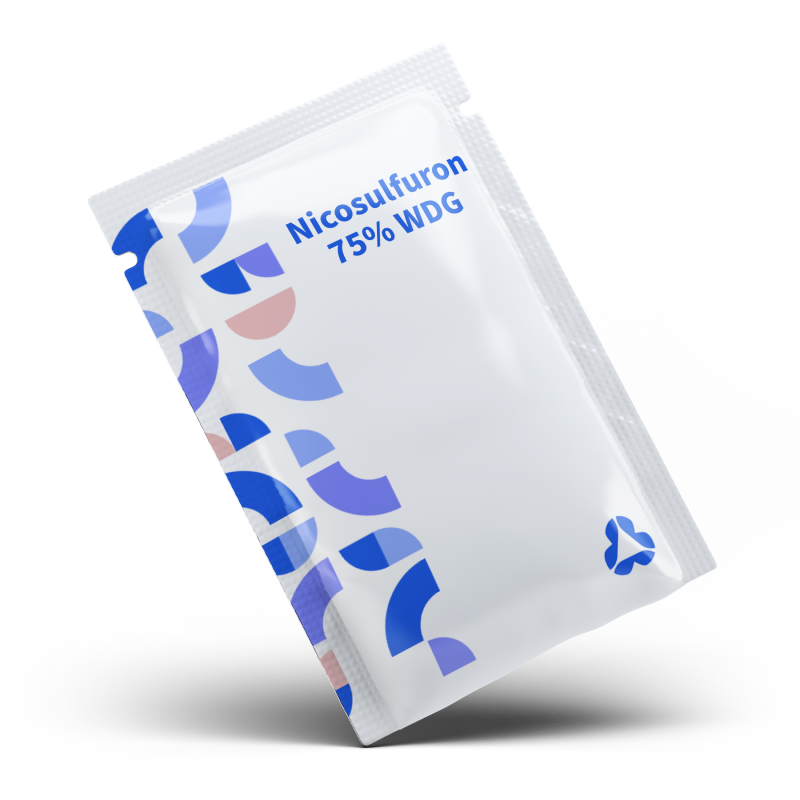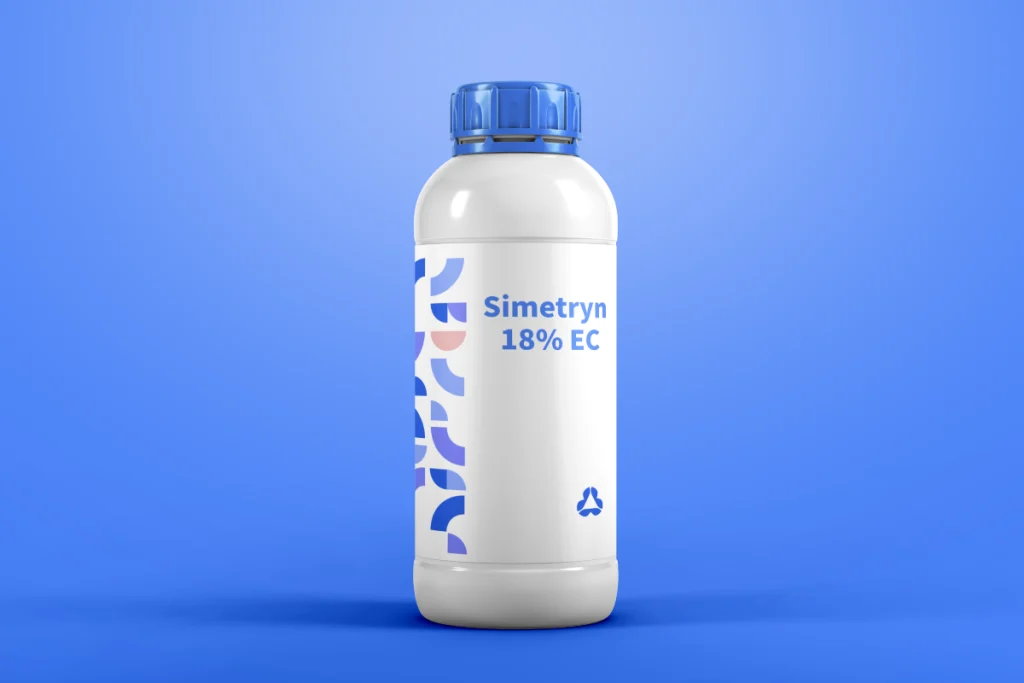Clomazone 48% EC (Emulsifiable Concentrate) is a selective pre-emergence herbicide from the nitrile family, designed to control annual grassy and broadleaf weeds in soybeans, cotton, tobacco, and other row crops. As a carotenoid biosynthesis inhibitor, it disrupts photosynthesis by blocking pigment formation, leading to plant (albinism) and subsequent death. The 48% EC formulation (480 g/L clomazone) offers high solubility and ease of application, making it a strategic tool in pre-emergence weed management.

Isoproturon 50% WP: A Potent Solution for Weed Control in Cereal Crops
Isoproturon 50% WP (Wettable Powder) is a highly effective and widely used selective herbicide. As a member of the substituted urea family, it has carved



